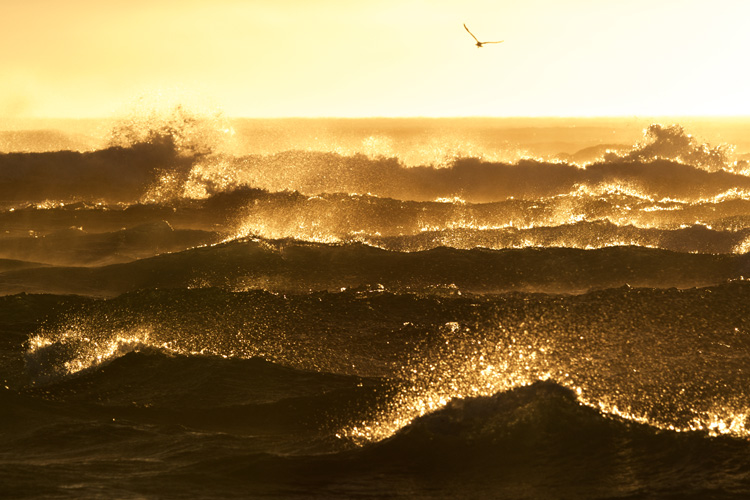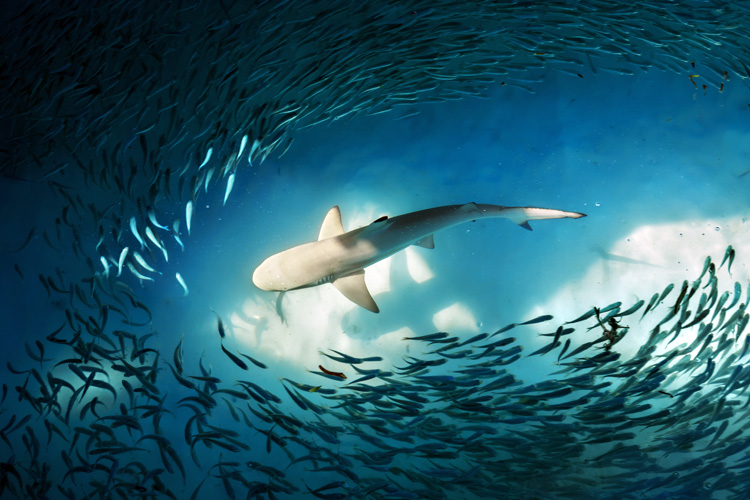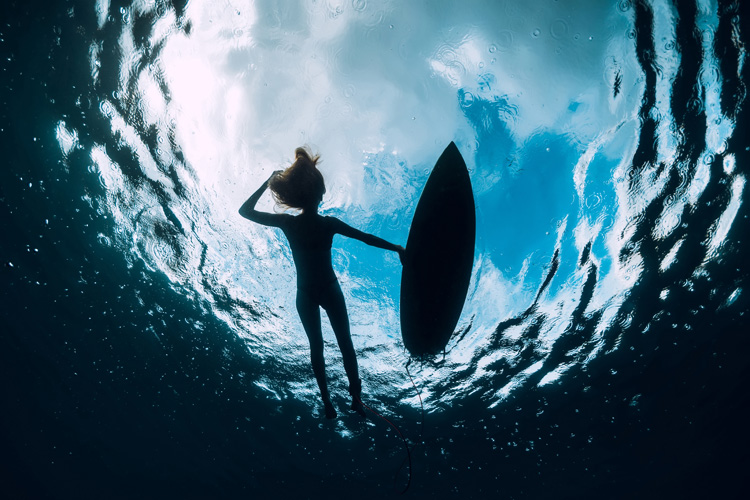Thalassophobia is the abnormal, persistent, and irrational fear of the sea or large, deep, and dark bodies of water.
Do you suffer from this phobia? How do you know you have it?
For some people, the ocean is terrifying; it makes them uneasy, nervous, unsettled, and anxious.
They could've been born with the feeling of not wanting to be near or in the ocean, or it might be something you never knew you had and only discovered later in life.
The fear of the ocean is something that can make us feel really uncomfortable. Because we're land creatures, we tend to be cautious about the still-unknown water world.
In extreme cases, people develop an anxiety disorder. And believe it or not, phobias are among modern society's most common mental illnesses.

Causes and Symptoms
Certain ocean-related things or events could have developed or planted the seed of thalassophobia in your brain.
A shark, an orca, pirañas, a jellyfish, seaweed, octopuses, a stingray, or other strange marine creatures can trigger those unwanted feelings.
Someone with thalassophobia can also be scared of the deepness and darkness of the ocean, the underwater abyss, sea travel, and being far away from land.
The ocean can also make us feel completely powerless and at the mercy of the liquid element every time we explore it.
Past or recent traumatic events like near-drowning episodes, being lost at sea, shark attacks, lack of oxygen to breathe, and even shipwrecks may also help develop the intense fear of deep, unknown, open, or murky waters.
There are different levels of thalassophobia.
Some people with thalassophobia can swim in the vast ocean and are not afraid of being in saltwater. However, they simply can't imagine themselves underwater or isolated in the open ocean or down below, lying on the seabed.
Others are okay with boat travel but will never put their feet in large bodies of water.
Thalassophobic fears often trigger fight-or-flight responses.
The symptoms of thalassophobia include lightheadedness, sweating, chest pain, abnormal breathing, fast heartbeat, paresthesia, vomiting, dry mouth, body tingling sensations, and panic attacks.
You may test your thalassophobia levels by watching several pictures of the ocean, the underwater world, and marine life. Tick the ones that scare you and evaluate your actions and options.

Parallel Phobias and Treatment
Other types of anxiety disorders associated with water may help explain the persistent fear of the sea. And this one, in particular, is a relatively common phobia.
Bathophobia (fear of depths), cymophobia (fear of waves), megalohydrothalassophobia (fear of large underwater sea creatures and objects), and aquaphobia (fear of water) may also evolve into thalassophobic reactions.
But there are also people on the absolute opposite side of the spectrum.
A thalassophile, i.e., a lover of the ocean, is someone who thoroughly enjoys living by the sea and cannot stay away from the saltwater for too long.
Do you have thalassophobia? Worry not.
The fear of the ocean and deep bodies of water can be treated or mitigated through cognitive behavioral therapy or exposure therapy.
A mental health professional will help you identify the origin of your phobia, replace negative thoughts with positive associations, and teach you to manage your emotional and physical responses to fear.
Overcoming this fear response will definitely improve your quality of life and allow you to enjoy the pleasures of the ocean and open water.
